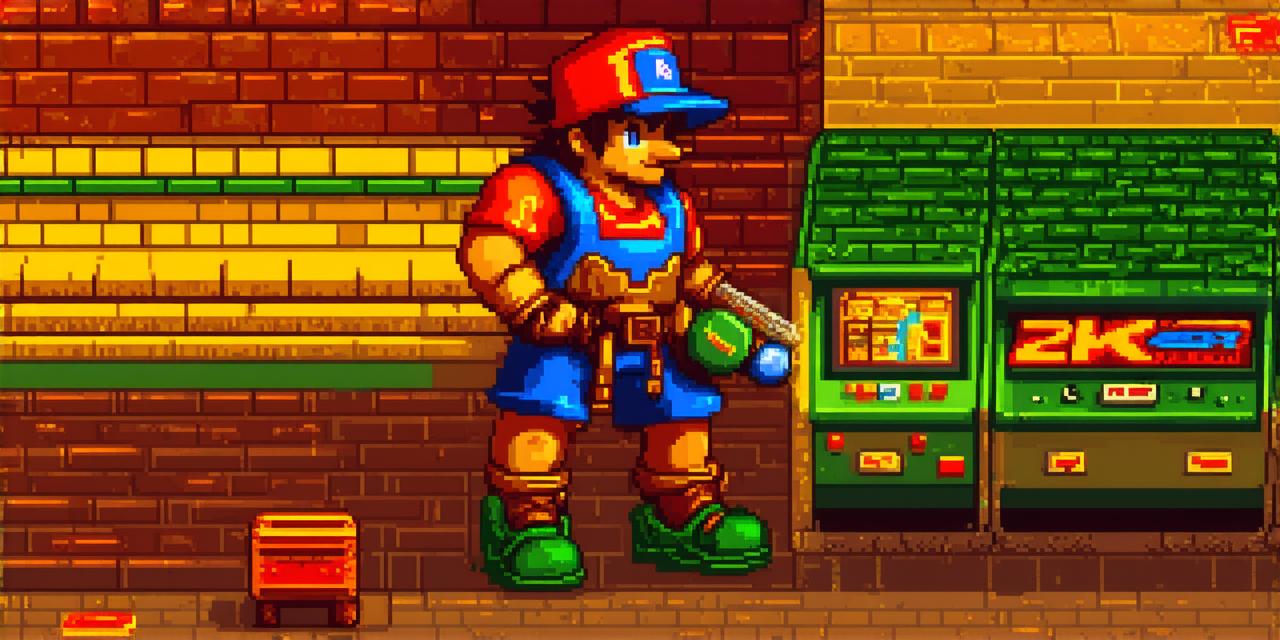The 1980s was a transformative period for the video game industry. With advancements in technology and a growing consumer base, it was a time when developers could finally start to explore new possibilities and push the boundaries of what was possible. In this article, we will take a closer look at the first video game of the 1980s and see how it set the stage for the future of gaming.
The First Video Game of the 1980s: Pac-Man
Pac-Man is widely regarded as one of the most iconic and influential video games of all time, and it was first released in the 1980s. Developed by Namco in 1980 for arcades and later released for home consoles in 1982, Pac-Man is a maze chase game where the player controls a yellow character called Pac-Man as he tries to eat all of the dots on the screen while avoiding four ghosts that are trying to catch him.

Pac-Man’s success was due to its simple yet addictive gameplay, appealing graphics, and clever use of repetition and pattern. The game’s unique premise and iconic characters also helped to make it accessible to a wide range of players, from children to adults. Additionally, Pac-Man’s release coincided with the rise of home consoles, such as the Atari 2600 and Intellivision, which allowed players to enjoy the game in the comfort of their own homes.
The Impact of Pac-Man on the Video Game Industry
Pac-Man’s impact on the video game industry cannot be overstated. Its success helped to solidify the idea that video games could be a mainstream form of entertainment and opened up new markets for developers. The game’s simple yet addictive gameplay, appealing graphics, and clever use of repetition and pattern also helped to establish new design principles that would become standard in the video game industry.
One of the key factors that made Pac-Man so successful was its ability to appeal to a wide range of age groups. This was another major shift in the video game market at the time, as most games were targeted specifically at children or young adults. By demonstrating that video games could be enjoyed by people of all ages, Pac-Man helped to broaden the appeal of gaming and open up new markets for developers.
Another important factor was the introduction of the home console. The rise of home consoles allowed players to enjoy high-quality video games from the comfort of their own homes, which in turn led to a boom in the video game industry. This not only made gaming more accessible and convenient, but also opened up new opportunities for developers to create games that were specifically designed for home consoles.
The Legacy of Pac-Man
Pac-Man’s legacy can still be seen in the video game industry today. Its simple yet addictive gameplay, appealing graphics, and clever use of repetition and pattern have inspired countless other games and have become defining moments in the history of gaming. The game’s success also helped to pave the way for the development of more sophisticated and complex games, as developers began to explore new ways to engage players and create immersive experiences.
In conclusion, Pac-Man was the first commercially successful video game of the 1980s and played a crucial role in shaping the future of gaming. Its simplicity, appeal to a wide range of age groups, and introduction of the home console helped to broaden the appeal of gaming and open up new markets for developers. Today, Pac-Man remains an iconic symbol of the early days of video games and continues to inspire new generations of players and developers alike.
